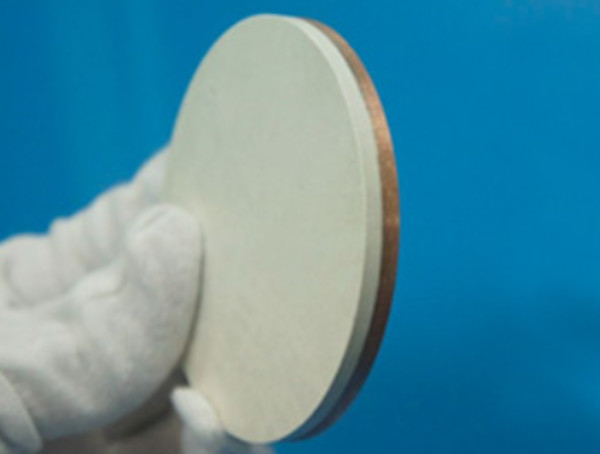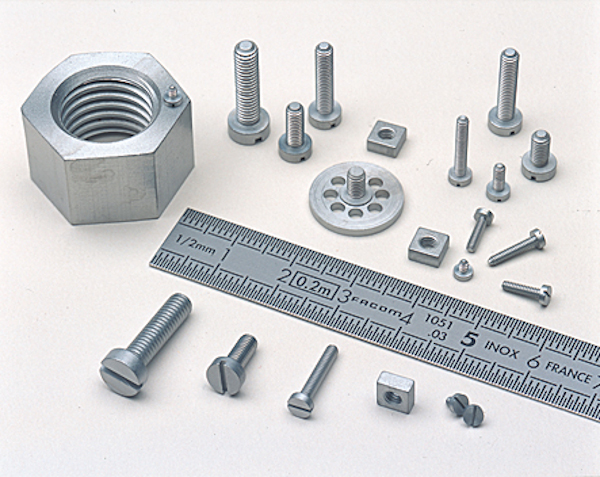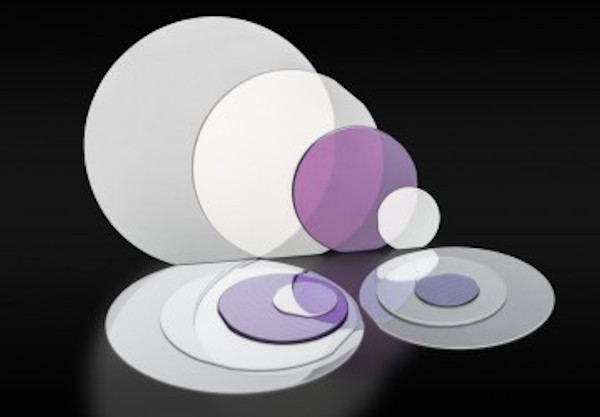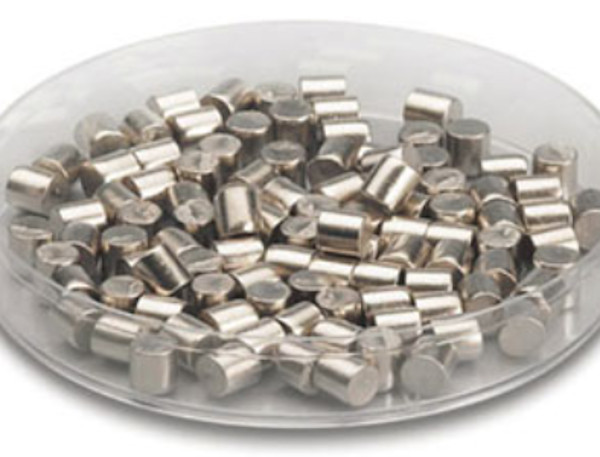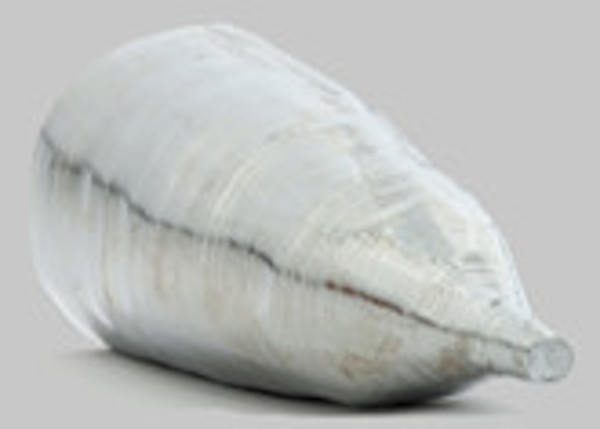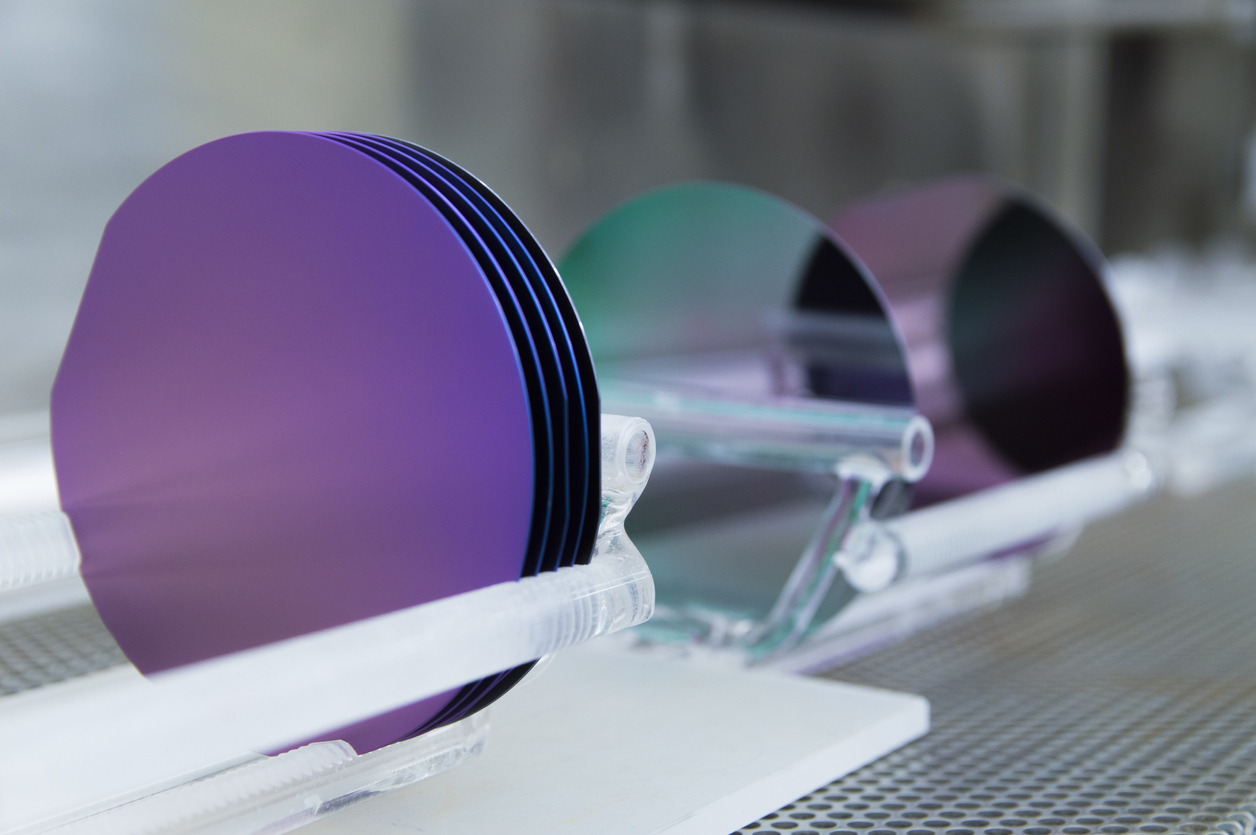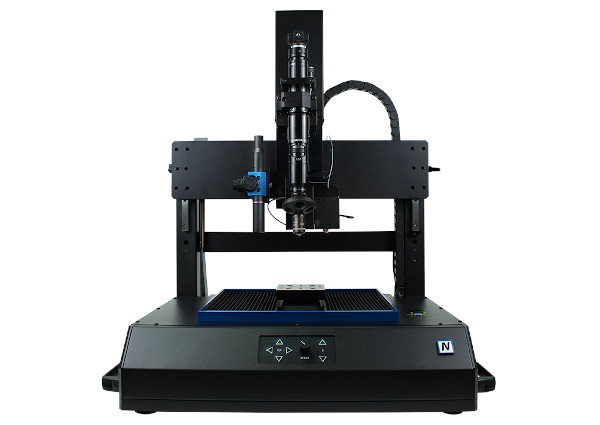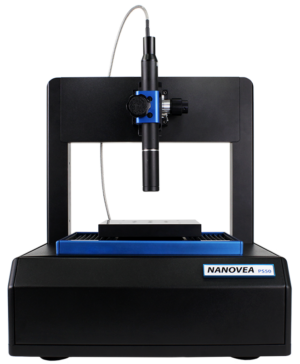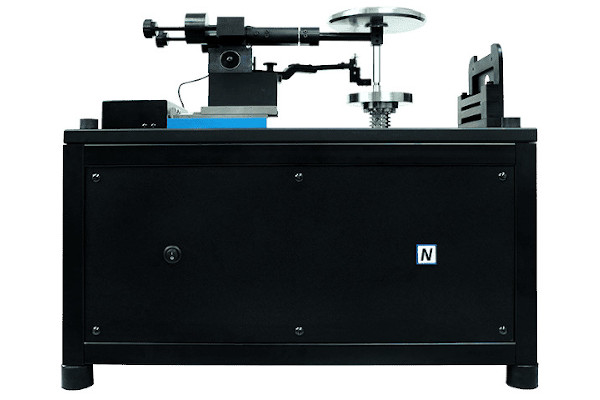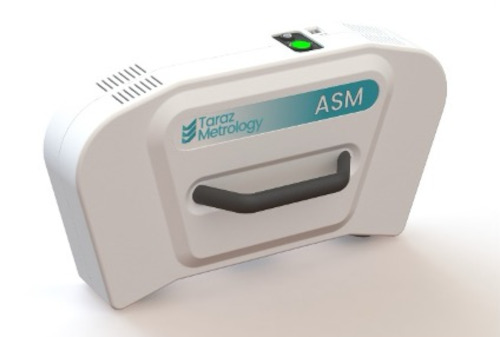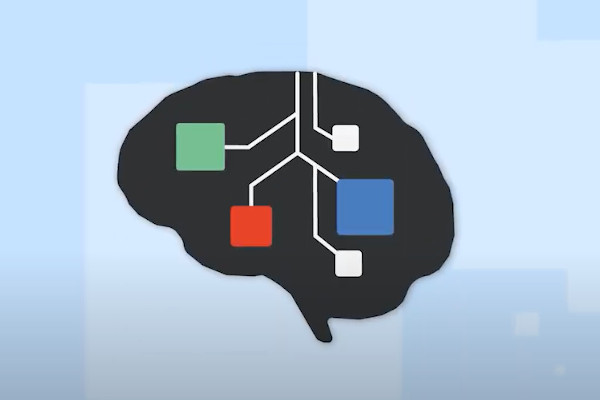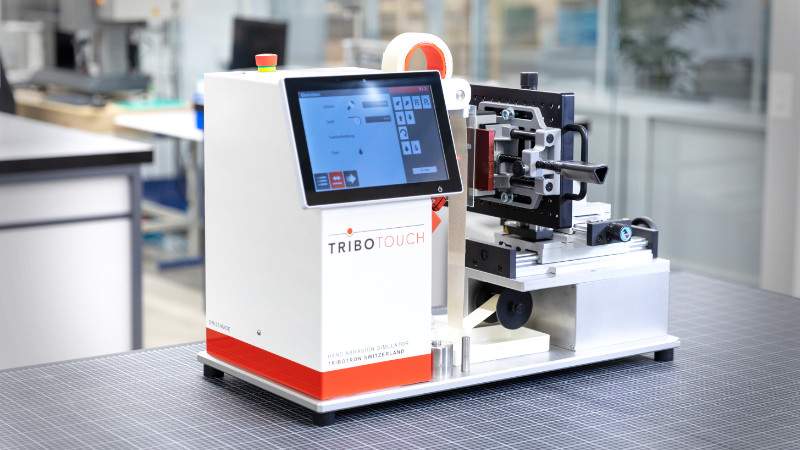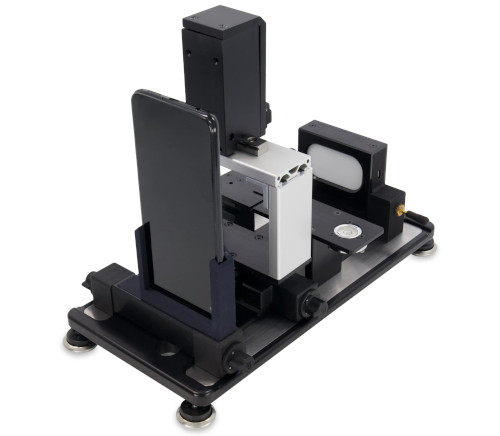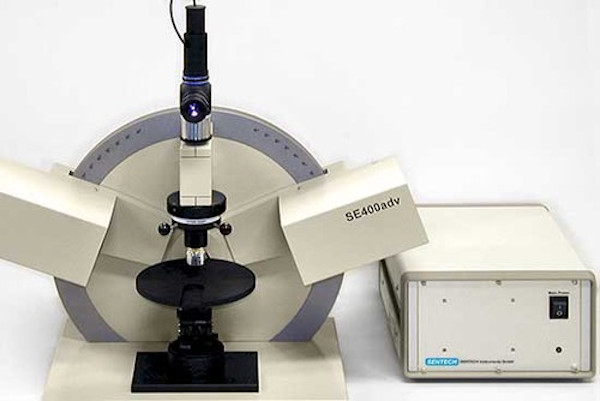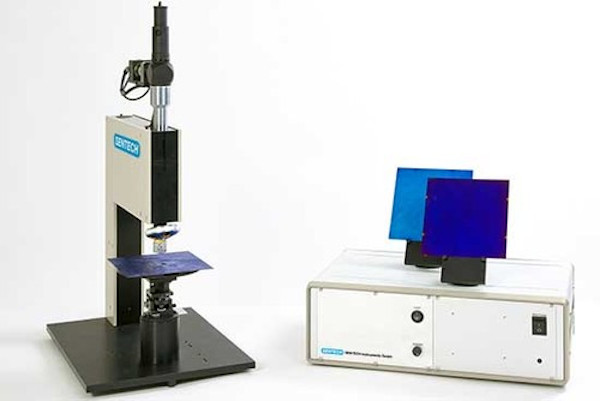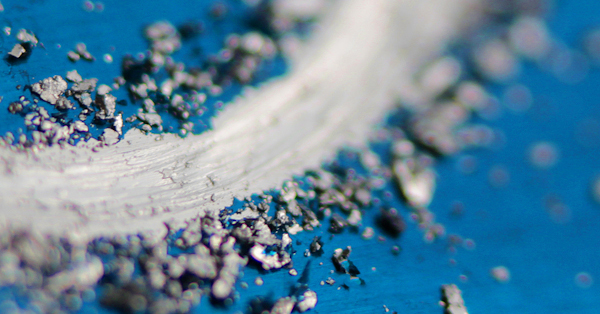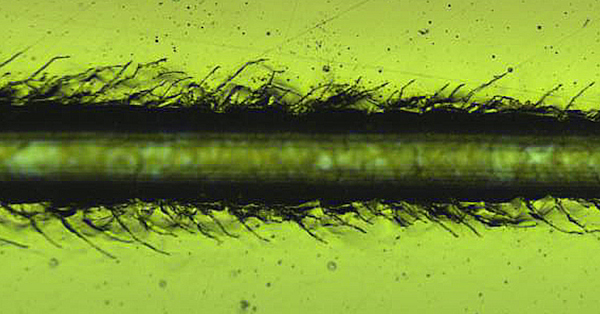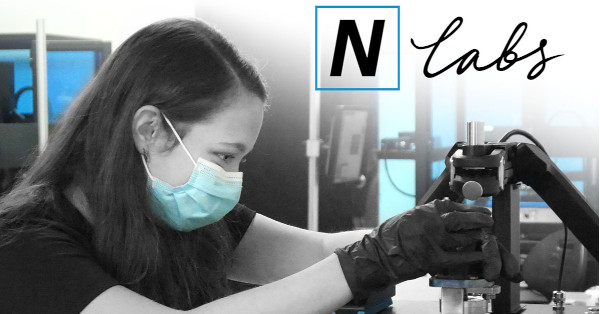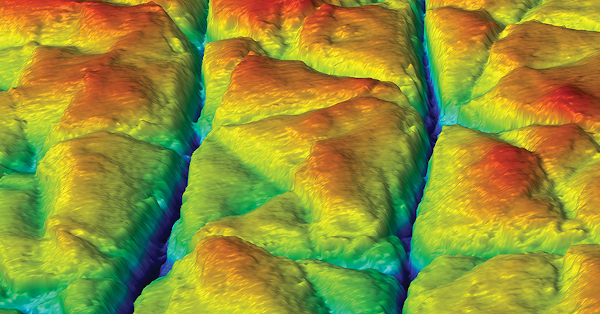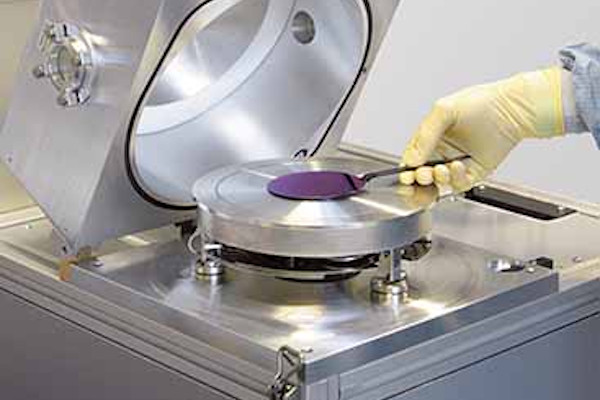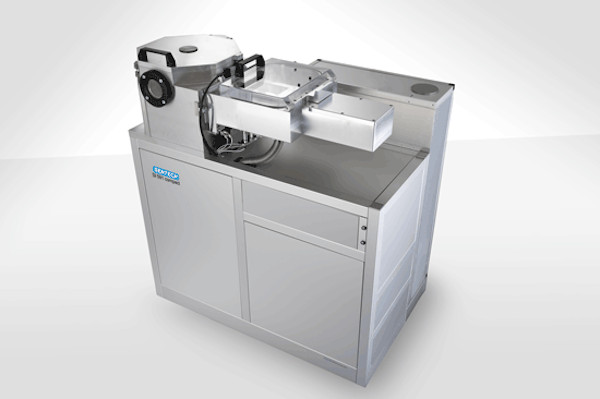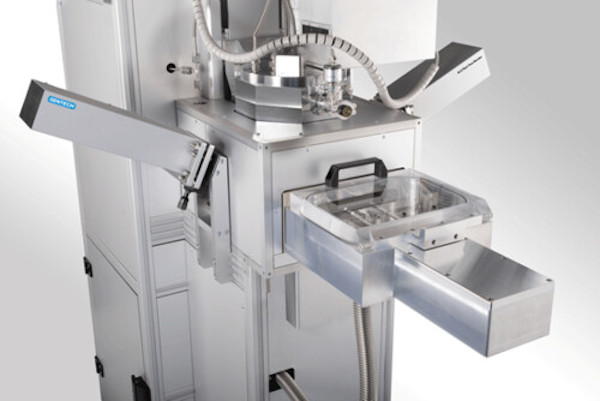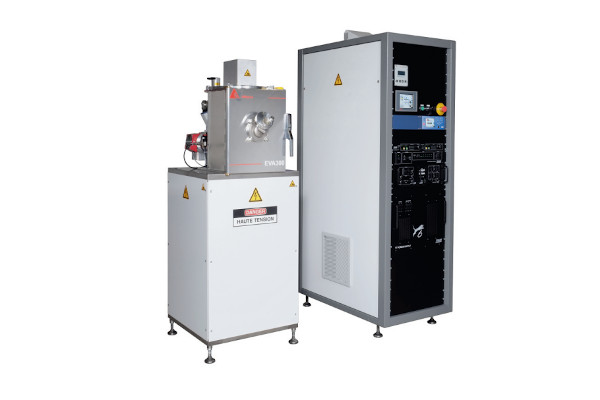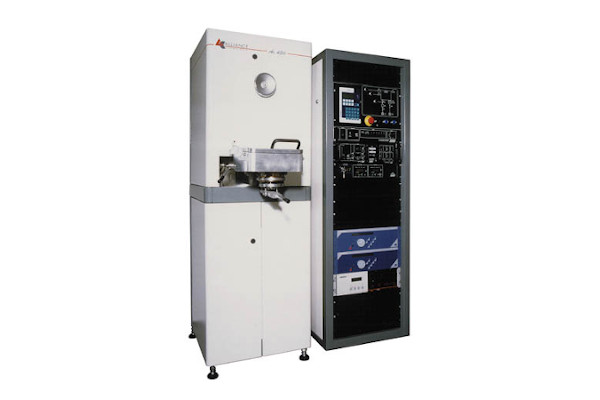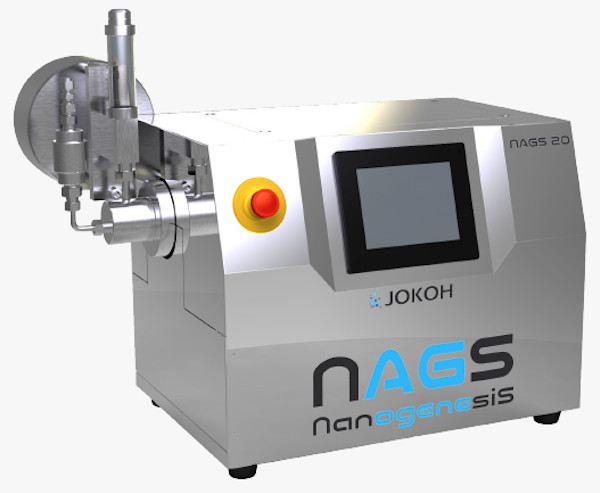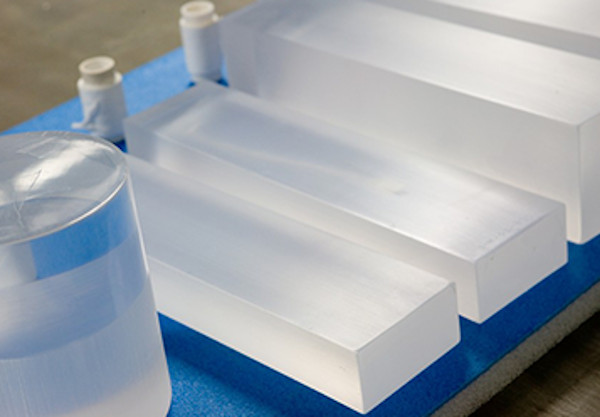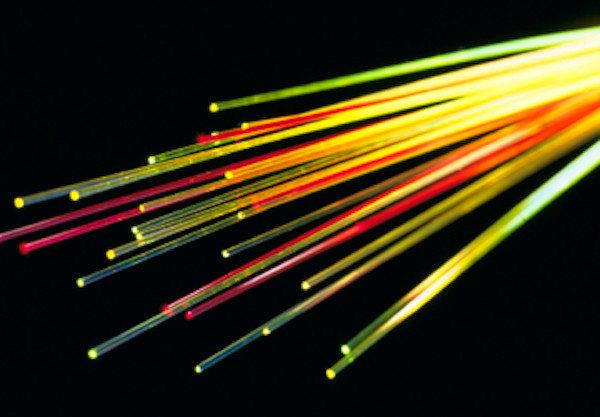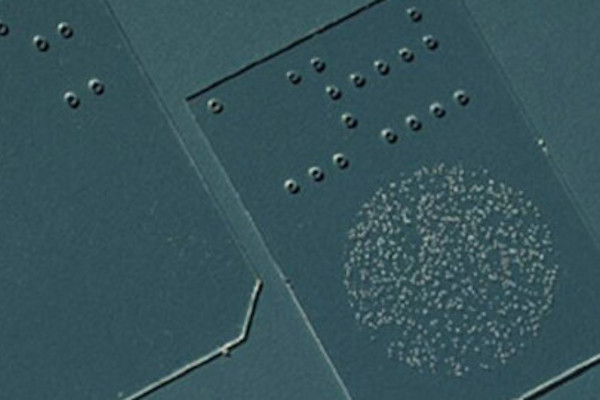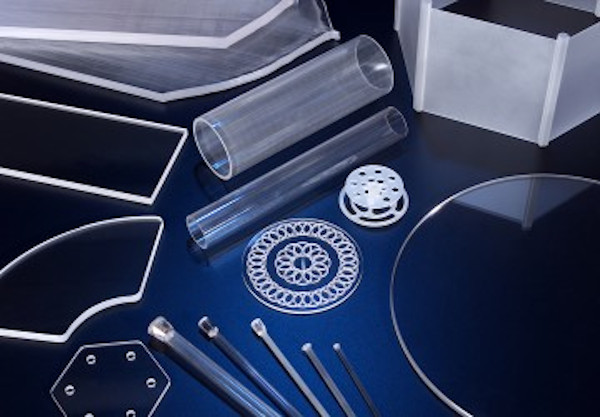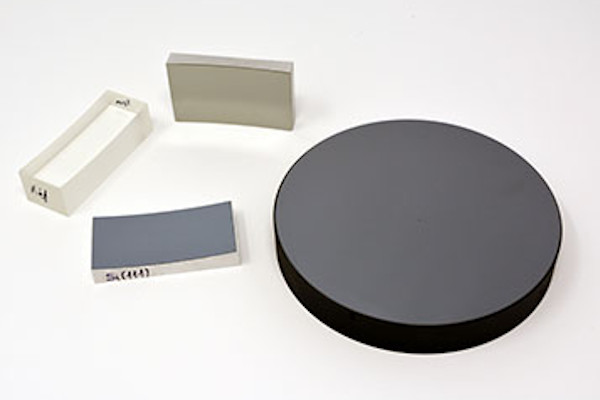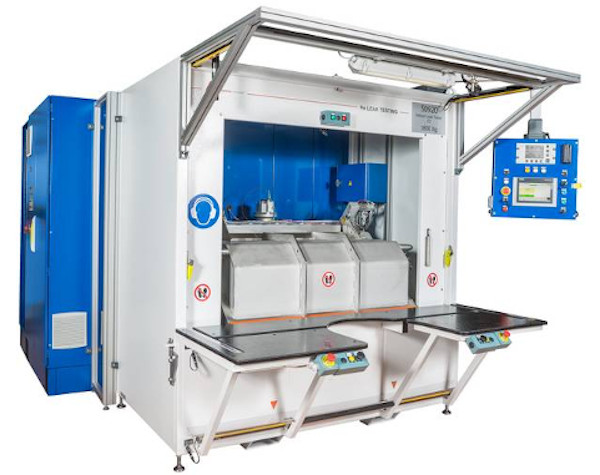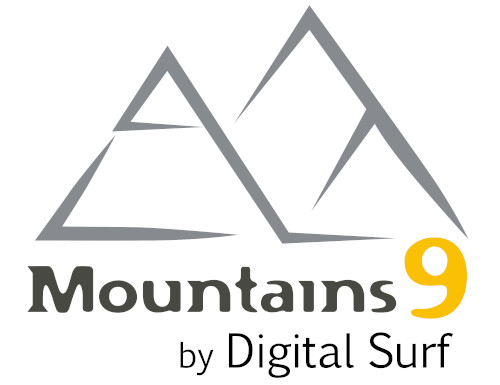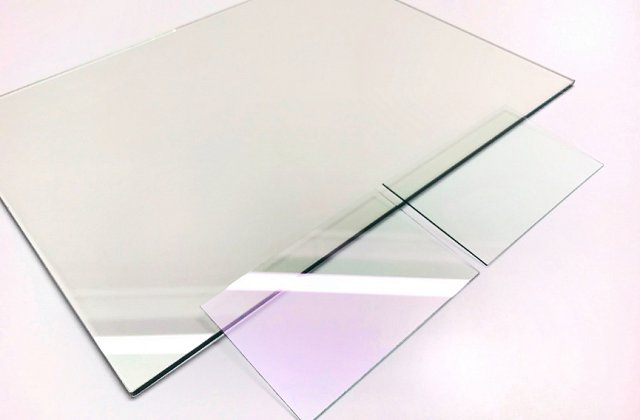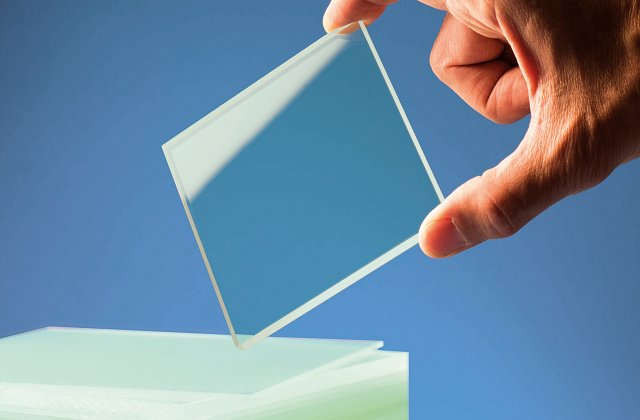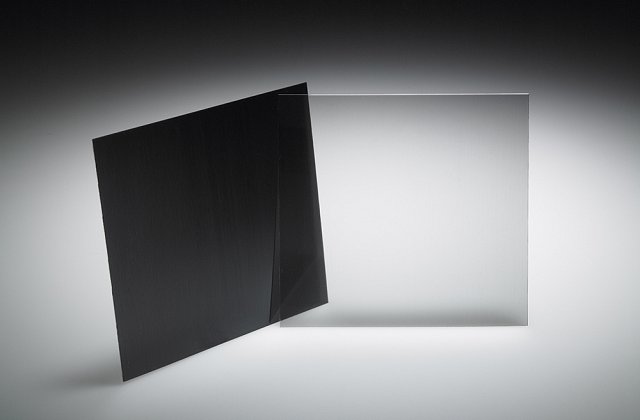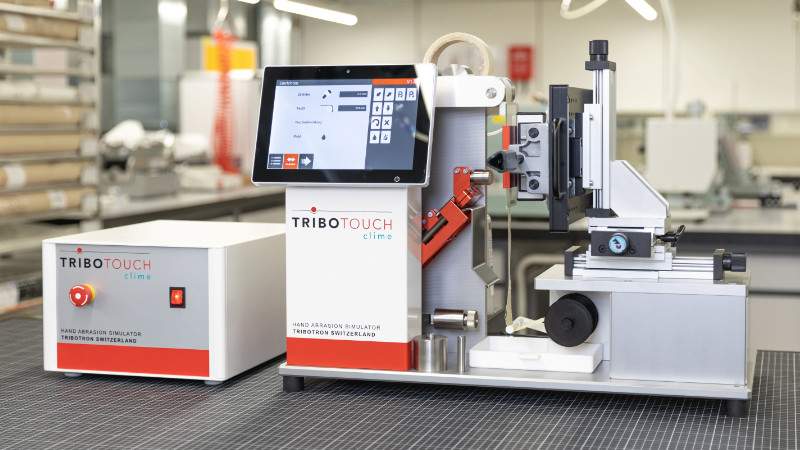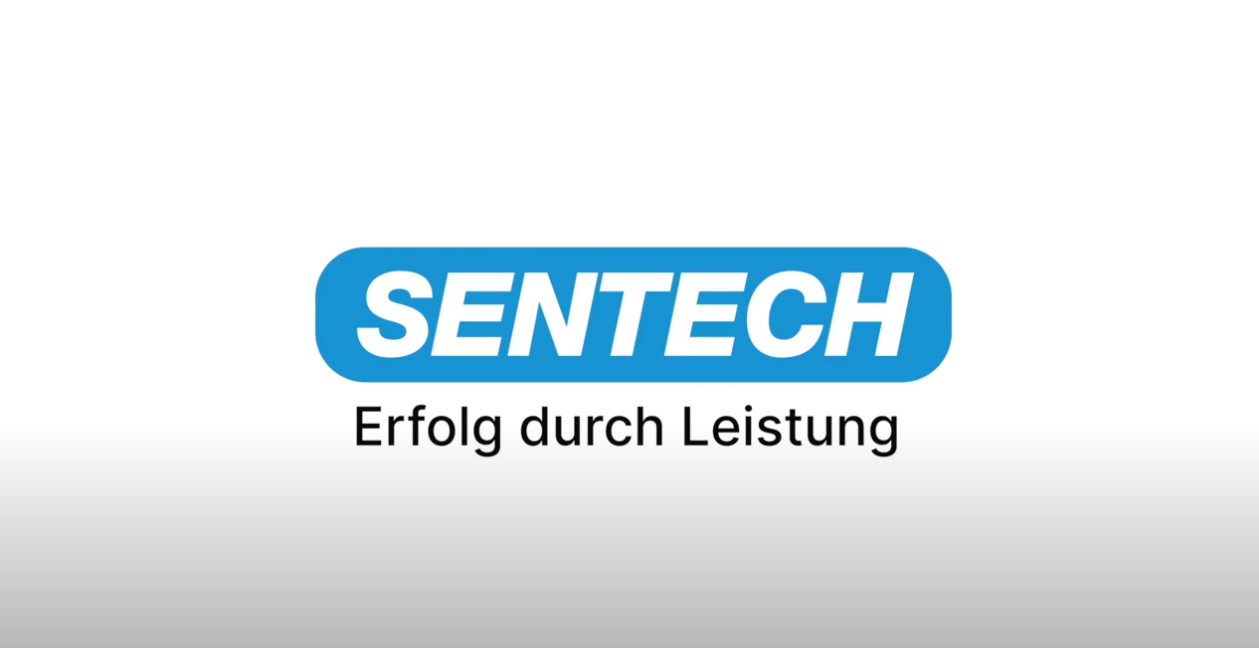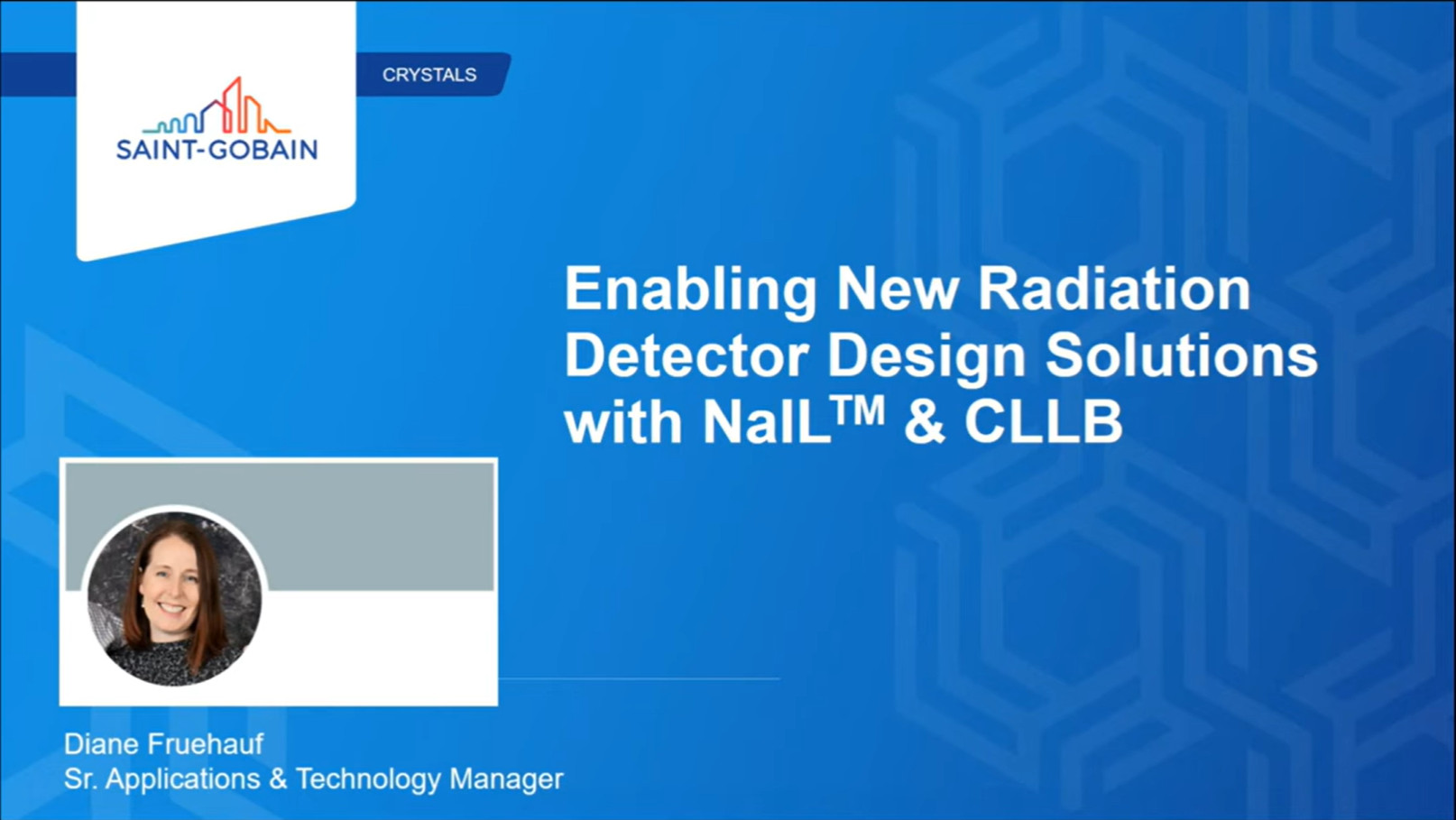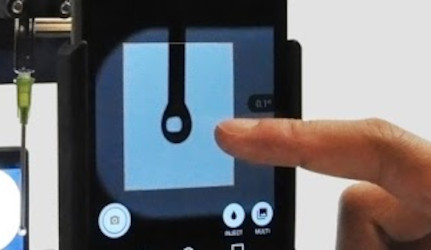The Nanovea Mechanical Tester has been designed with leading edge technologies in order to give the highest accuracy and repeatability on the widest range of measurements.
This focus on quality ensures durability with the lowest cost of ownership in the industry. The Nano and Micro Modules perform all modes of testing including indentation, scratch and wear; no interchange of modules needed and with true feedback load control from independent load and depth sensors.
With indentation testing, users obtain depth versus load curves giving hardness, elastic modulus, yield strength, loss and storage modulus and many others. While with scratch testing, users can quantify the scratch and marring resistance of coatings and substrates in addition to measuring plastic and elastic deformations. With wear testing at constant load, users can precisely measure coefficient of friction and wear properties.
The powerful software offers a unique combination of features for each test modes. A complete system, the Mechanical Tester is the ideal solution for determining the full range of mechanical properties of thin or thick, soft or hard coatings, films and substrates. Many advanced software features including Fast Map, Tracking zoomed View, Navigation Plus, Broadview Map Selection and Single Indent Area Function (EP No. 3076153) makes the Mechanical Tester the most automated and user-friendly system on the market. For technical specification please download the brochure.
Wants to learn more? You can see read about the Nanovea Mechanical Testers here or you are welcome to contact us and we will be happy to help.
